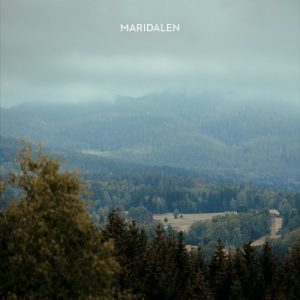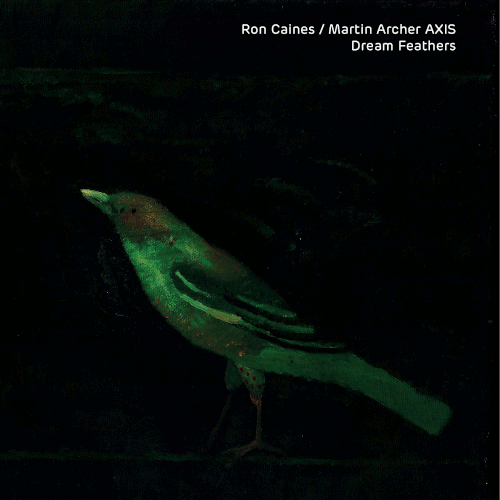 The artwork for Maridalen‘s first album, photographs of beautiful but brooding Scandinavian vistas sit well with the pastoral gentleness of the music contained within. The three players — Anders Hefre on sax and clarinet; Jonas Kilmork Vemøy on trumpet and sparse percussion; and Andreas Rødland Haga on double bass — convened in the nineteenth century mission house of Maridalen Kirke and somehow the vibe of this old wooden structure, quietly standing in the remote countryside, has seeped into the music that the trio has produced.
The artwork for Maridalen‘s first album, photographs of beautiful but brooding Scandinavian vistas sit well with the pastoral gentleness of the music contained within. The three players — Anders Hefre on sax and clarinet; Jonas Kilmork Vemøy on trumpet and sparse percussion; and Andreas Rødland Haga on double bass — convened in the nineteenth century mission house of Maridalen Kirke and somehow the vibe of this old wooden structure, quietly standing in the remote countryside, has seeped into the music that the trio has produced.
Although released through Jazzland and using classic instrumentation, there is something that sets this material apart from jazz. It is too earthy, too subtle and they have found a tenderness that it shares with some folk music. Essentially, this is their music and rather escapes classification. At times, the trumpet takes on that kind of dreamy quality shared with the likes of Jon Hassell. It never reaches too far, always inviting the listener and allowing the connection with the room to shine through and the sound appear warm and welcoming.
The reeds and trumpet seem to go hand in hand throughout the album, as if they are one instrument with two sounds. It is a great sound and, allied to the breaths you can hear from the mouthpieces, it feels as though you are there in the room, a picture of the church already presenting itself in your mind, the players warm inside as the weather moves in cycles outside. At times, there is a soporific feel or like that of a daydream, and the instruments enfold you rather than challenging, the bass supple and rhythmic and the horns like warm breath in cold air. The sinuous trumpet is usually the story teller, with the reeds adding texture and a touch of Christmas melancholy when needed. There is something of Angelo Badalamenti‘s tone in the smoky obscurity of “Inga”, and “Russisk Landsbymelodi” owes something to the classical trio tradition, the structure leaving behind any jazz connotations and delving further back into more pastoral territory that befits the ambience of the room. The space that they allow themselves enables textural subtleties to become more apparent and lend an air of mystery to “Svartoren”, while the anxious staccato piano of “Midt På Natten Et Sted” has undertones of worry as the horns slither across in a lovely juxtaposition.The final piece changes tack slightly in that its circular motif has a more hypnotic feel, but with a sensitivity that it shares with the rest of the album; its extra percussive texture drifting into a sea of echoes as it draws to an end. It is a fine and fitting conclusion to a journey of warmth and character, evoking the grandeur of the landscape, but seen from a warm and cosy enclave. Delightful.
-Mr Olivetti-


